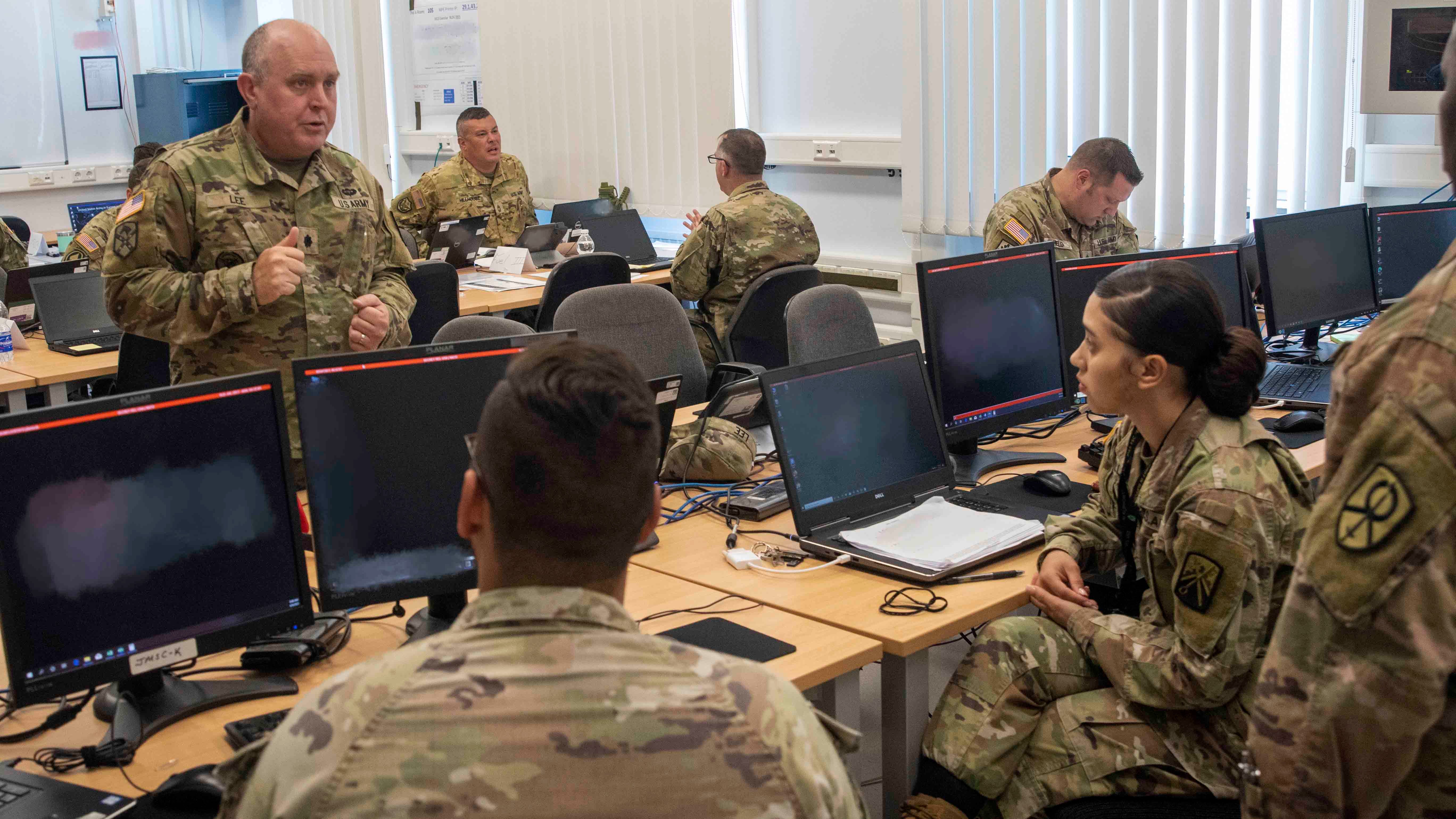Army Cyber Seeks to Build Modern Workforce
Army Cyber Seeks to Build Modern Workforce

As the Army works to build the force of 2030, its cyber corps is focused on finding new talent and supporting its people, an Army leader said.
“The Army is making such an intentional focus on purposeful talent management of the workforce,” said Maria Ciepiela, chief of the Army’s Cyber Excepted Service Proponency Office. “It’s not just the weapon system that we put out onto the field, it’s the person behind it, the person that did all the logistics to get it everywhere.”
Army cyber is building careers and community as it invests in its people on a national and individual level, Ciepiela said at a recent Army Cyber Hot Topic forum hosted by the Association of the U.S. Army.
To grow the cyber workforce, the Army must go beyond training and encourage a “culture of learning,” said Terrance Westerfield, JADC2 and Army Strategy lead at Amazon Web Services.
“It’s not just the training, but creating that culture of learning, making it easier for the workforce, both the military side and the civilian side, … to access [opportunities] that aren’t typically part of that prescribed training path,” Westerfield said. “Yes, it’s painful to lose your star person for three months, six months a year to go out [and pursue additional training], but they come back so much better.”
Another priority is building cross-functional teams, which unite technically proficient people with people with other skills. “As we look to build cross-functional teams, it is certainly a cohesive and united effort,” Ciepiela said. “We look to be able to respect the diversity of experiences and respect the diversity of skills.”
The Army Cyber Corps is increasing its outreach and partnerships as it grows. “We generally find that the public does not necessarily know about the opportunities that we have for civilian employment,” Ciepiela said. “Some of the things that we … are doing is being much more … intentional about building strategic partnerships with academia, private industry, as well as … our industry partners.”
Building a modern workforce will take time and effort, Ciepiela said. “Change is hard,” she said. “Modernizing the workforce is going to be one of those battles that we're going to continuously have to [fight], especially on a proactive front.”

